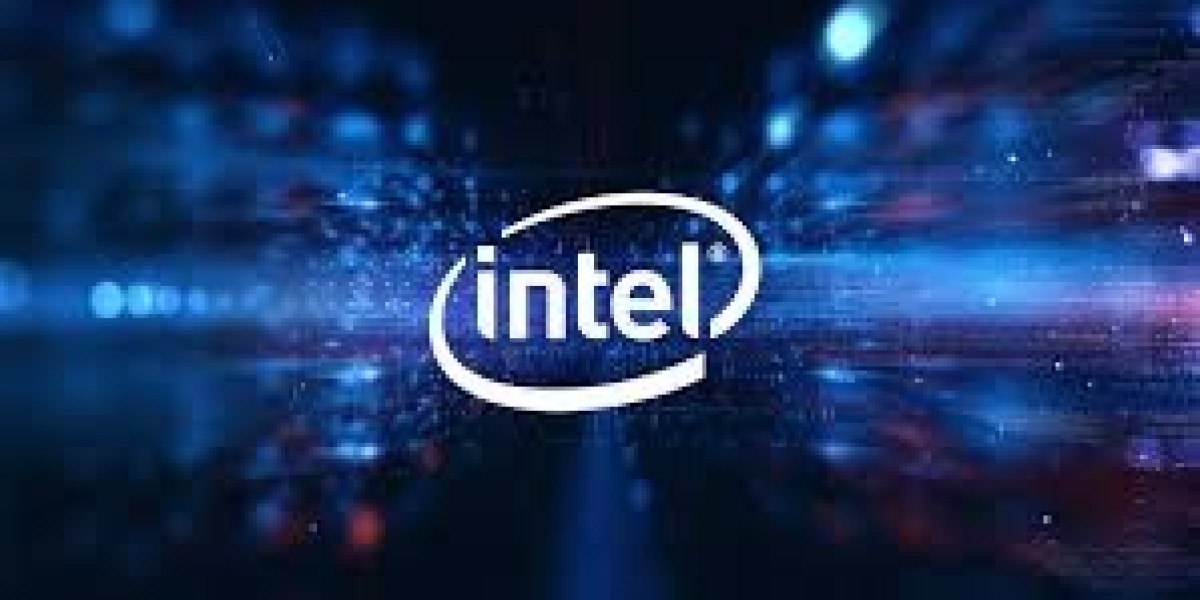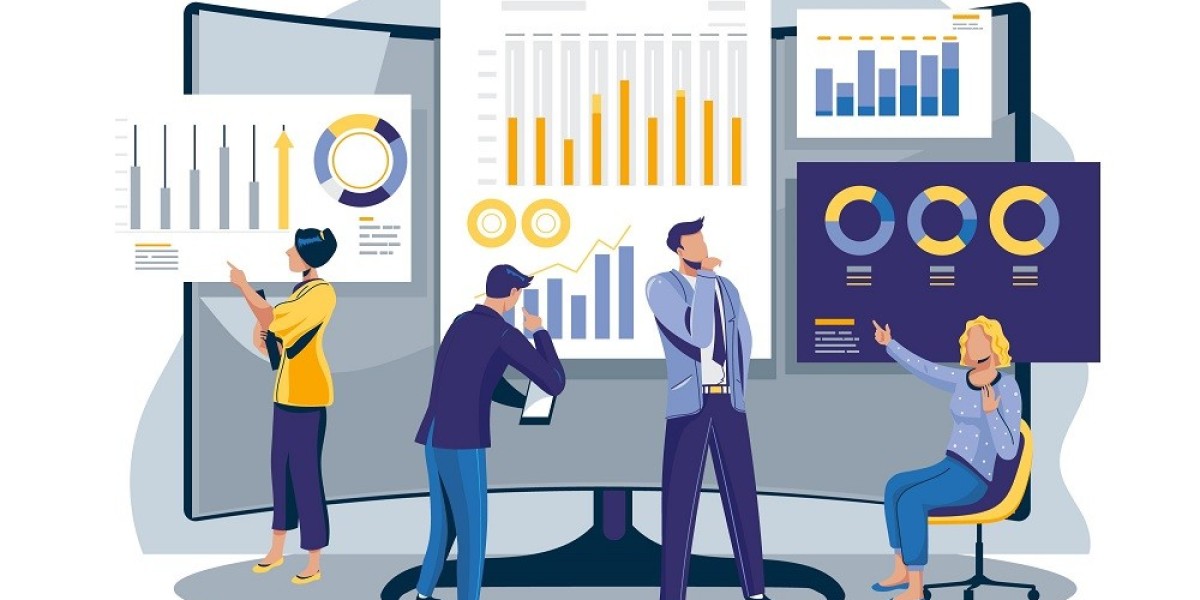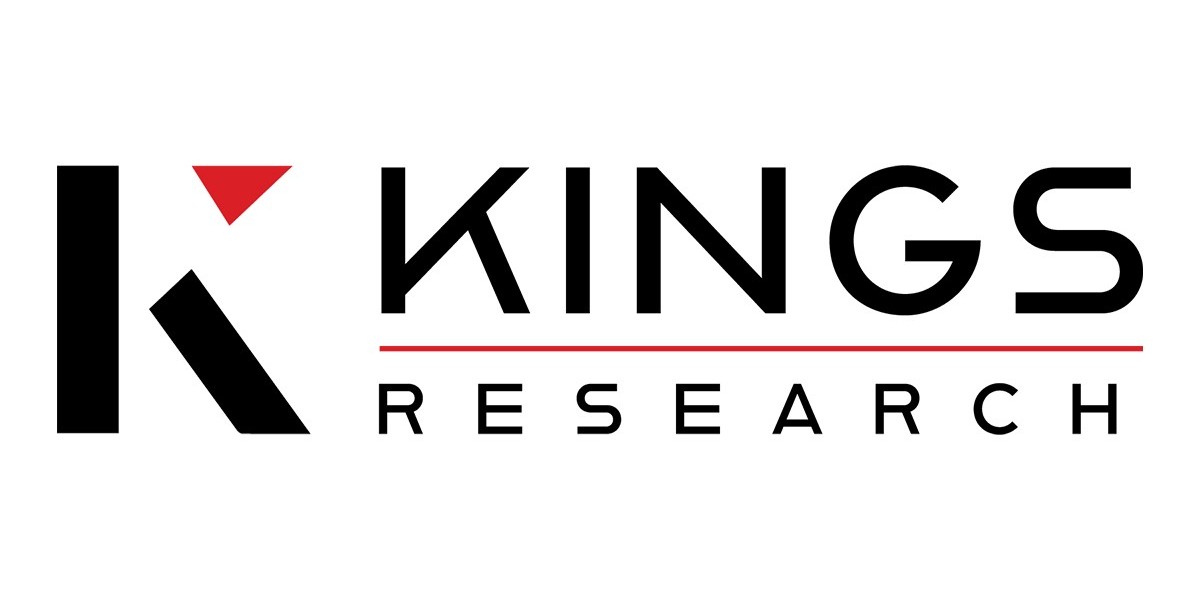Intel's challenges
Intel, one of the leaders in the field of microprocessor manufacturing, has recently faced a number of challenges that affect its growth and reputation. Here are some of the key challenges Intel has faced:
1. Technology gap: Intel has lost its advantage in developing advanced microprocessors. The company has not kept pace with competitors such as AMD and ARM in the introduction of new technologies, in particular, the transition to thinner production standards. This led to Intel's processors becoming less competitive in terms of performance and power consumption.
2. Production problems: Intel has faced difficulties in scaling up the production of its processors. The company has experienced delays in the transition to new technology standards, which has led to processor shortages and market losses. These production problems undermined the trust of customers and partners.
3. Increased competition: The microprocessor market has become extremely competitive. AMD and ARM have significantly improved their products, offering more efficient and powerful processors. Intel now has to compete not only with traditional players, but also with new entrants offering innovative solutions.
4. Changing demand: Changing trends in technology, such as the growing popularity of mobile devices and cloud computing, have affected the demand for Intel's processors. The company must adapt to these changes to remain competitive.
Intel's growth drivers
To overcome the current challenges and resume growth, Intel can take advantage of the following incentives:
1. Investment in research and development (R&D): Intel should increase its R&D investments to accelerate the development of new technologies and regain its technological advantage. The company should focus on innovations such as quantum computing, artificial intelligence, and new materials for microprocessors.
2. Strategic partnerships: Intel may seek strategic partners in various industries to expand its capabilities and market presence. Partnerships with companies specializing in cloud computing, artificial intelligence, or the Internet of Things can help Intel adapt to changes in demand.
3. Production optimization: The company should improve its manufacturing processes to increase efficiency and reduce costs. Production optimization will help Intel regain its competitiveness and meet the demand for processors.
4. Expanding its product portfolio: Intel can expand its product portfolio by offering new solutions for various industries such as artificial intelligence, autonomous cars, and the Internet of Things. This will help the company diversify its business and attract new customers.
Pros and cons of buying Intel shares
Pros:
- Market leadership: Intel remains one of the largest players in the microprocessor market, which provides stability and growth potential.
- Intellectual Property: The company owns a significant portfolio of patents and technologies, which is a valuable asset.
- Long-term outlook: Intel has a strong reputation and track record, indicating its ability to adapt and regain its leadership.
Cons:
- Current Issues: The presence of technology and manufacturing issues may affect the company's short-term results.
- Competition: Increasing competition in the microprocessor market increases the risks for Intel.
- Changes in demand: Changing trends in technology may affect demand for Intel's processors, requiring rapid adaptation.
- Financial Risks: Investing in Intel may be risky due to the company's current problems and the need for significant research and development expenditures.
Therefore, although Intel is facing challenges, the company has the potential to regain its market leadership. Investors should carefully evaluate the pros and cons before deciding to purchase Intel stock.








